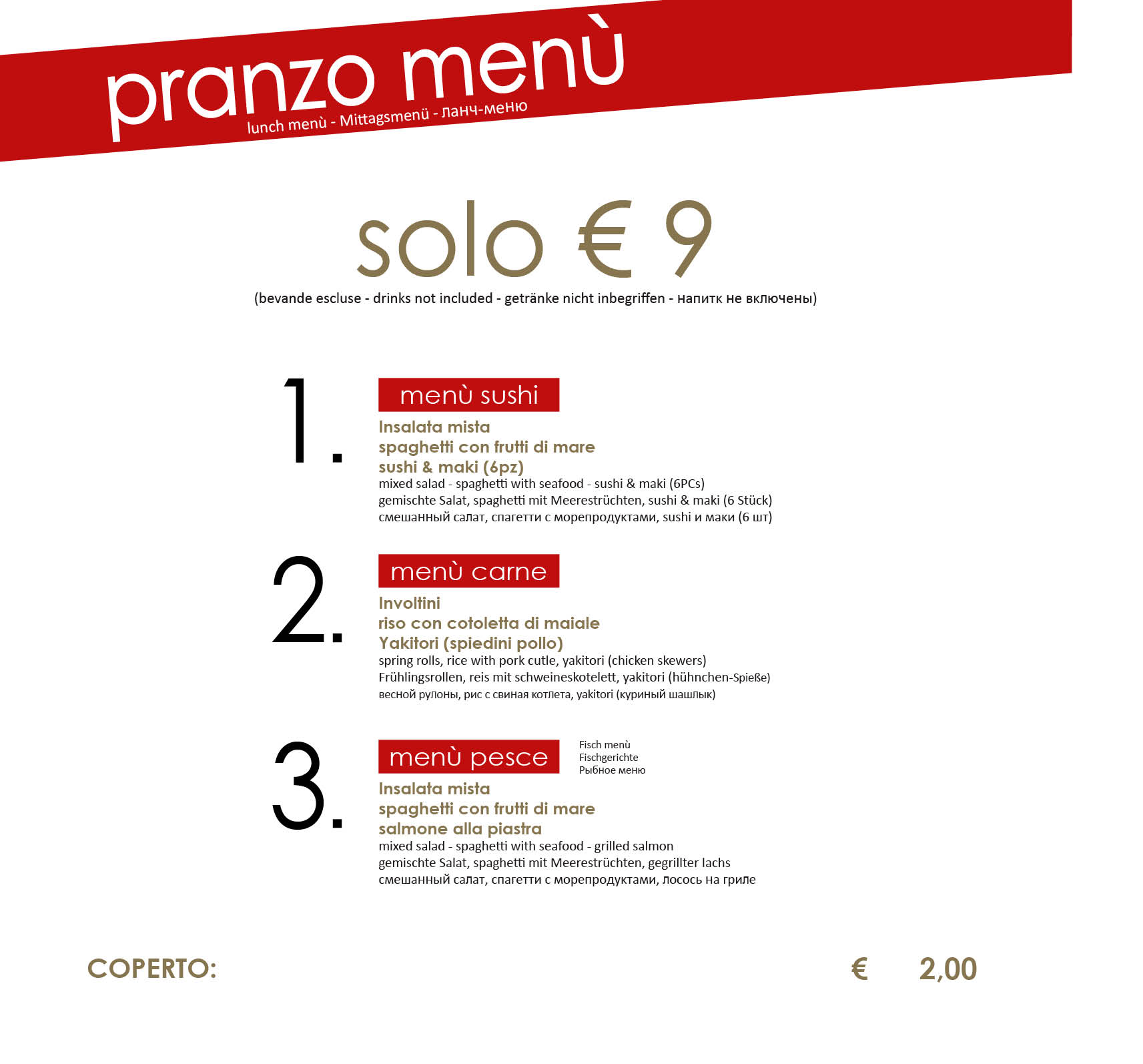

Talk about the overall feel - smoky, spicy, fresh, oily, etc.ġ0. Don’t forget the flavors - sweet, salty, tart, pleasantly bitter.ĩ. Mention the temperature - steaming hot, warm, chilled, frozen.Ĩ. Mention the sides - Served with…, comes with…, served over… complemented by…ħ.
BEST RESTAURANT SHORT MENU CRACKED
Seasonings and spices - mention herbs used like sage, or rosemary and spices like freshly cracked peppercorn, dry rubs or marinades.Ħ. What makes a dish unique - mention if this is a ‘house special,’ a ‘best seller’ or a ‘family recipe’.ĥ. Other textures - charred, crispy, firm, crunchy, and ‘al dente.’Ĥ. Soft textures - smooth, silky, unctuous, coating, tender, and juicy.ģ. Mention the cooking method - Steamed, char-grilled, pan-fried, stir-fried, or slow-cooked.Ģ. Foodįor food, it’s best to describe the central element in the dish and then mention the sauces and sides.ġ. The nose presents shade-grown tobacco leaves and dried herbs hovering around ripe blackberries and currants over a spice-infused palate of polished tannins reminiscent of cinnamon and vanilla that extends over a persistent aftertaste. This Napa Cabernet is concentrated and shows a purple color with ruby hues. The finish - mention the overall aftertaste: long, lengthy, or persistent. The tannins - Red wines have gritty particles called tannins you should describe them as round, angular, coating, powdered, or silky.ġ0. Dried herbs, fresh-cut grass, sage, bay leaves and tobacco.ĩ. Herbal aromas - Many wines can have herbal notes, and they’re well worth mentioning. Spices - Oak-aged wines often have spice aromas including cinnamon, vanilla, cloves, allspice, Chinese five-spice, or baking spices.Ĩ. Non-fruit aromas - Try non-fruit aromas like undergrowth, mushrooms, leather, cured meat, or wildflowers.ħ. The fruit’s condition - it’s not enough to say blackberries, apples or cherries: Try instead ripe blackberries, tart cherries, or candied apples.Ħ. For whites, use: apples, pears, limes, lemons, grapefruit, guava, lychee or mango.ĥ.

The fruit aromas - For reds, see if you can find: blackberries, raspberries, currants, cranberries or blueberries. Intense, expressive, ‘fills the room with…’.Ĥ. The intensity of aromas - some wines are very expressive, and you should mention that. The wine’s concentration - Mention the depth of color in red wine: Deep, rich, concentrated, opaque.ģ. Mention the primary color and the secondary colors: Ruby red with purple hues, golden with green tones, and pale straw with hints of silver.Ģ. The color - Wine has often more than one color. Here are a few descriptions you can use:ġ. When it comes to wine, it’s worth describing it all: sight, scents, textures and flavors. Here are 20 beautiful descriptions of food and wine you can use in your restaurant menu. A few strategically placed words here and there can make your food and wine descriptions increase your restaurant’s sales. They say one image is worth a thousand words, but don’t underestimate the power of words. We eat with our eyes first, but before we see our food, we picture it while reading the menu descriptions.


 0 kommentar(er)
0 kommentar(er)
